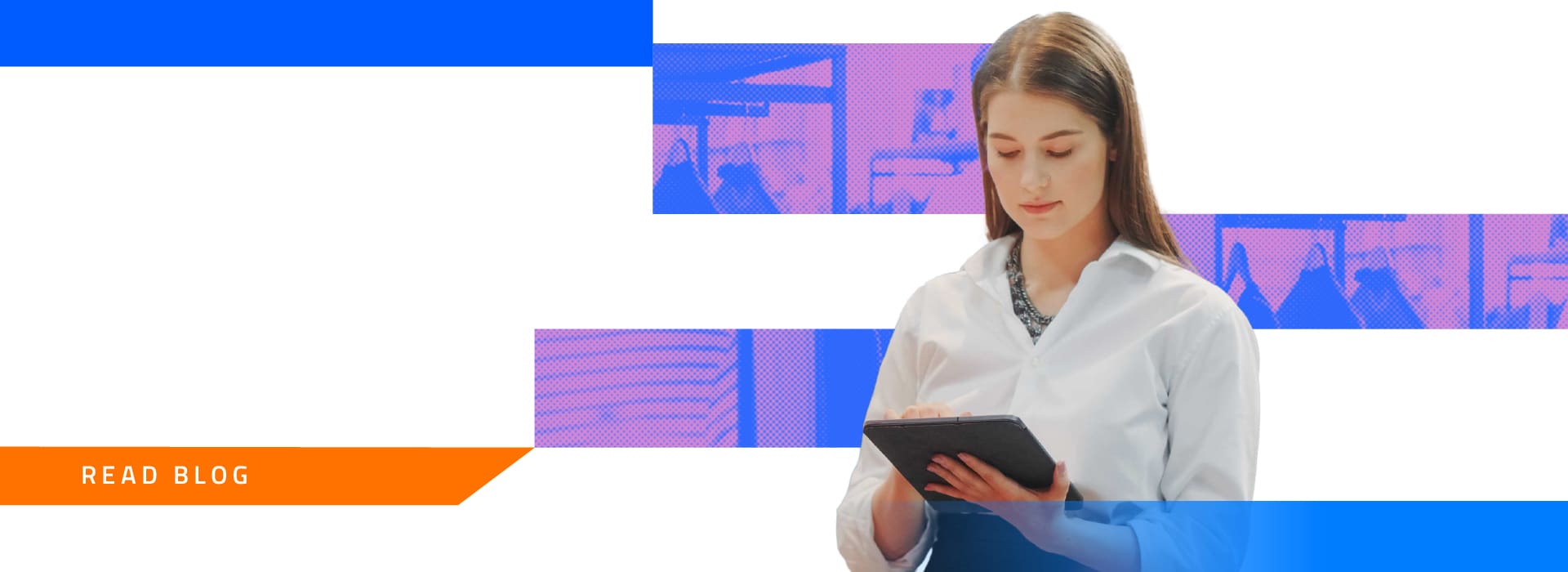Home > TradeEdge > Blogs > How can consumer goods companies increase forecast accuracy with demand sensing?
How can consumer goods companies increase forecast accuracy with demand sensing?

The key concern for most consumer goods (CGs) companies is the constant pressure of handling the ever-shifting pattern of consumer demand behavior. As a result of these market volatilities and data concerns like disorganized data sources, data formats, and data quality, these CGs witness erratic demand signals, which lead to inaccurate demand forecasting.
Additionally, the working investment variabilities significantly affect the business cost, the way consumer service can fulfill orders, and the effect on inventories, thus pulling down the overall productivity. This is where the role of demand sensing comes into the picture.
The need for demand sensing
Demand Sensing is a solution that uses innovative technologies like machine learning (ML), artificial intelligence (AI), and real-time data to predict near-future forecasts and meet consumer demand.
Hence, it is through demand sensing solutions that CGs can create real-time visibility of the ever-changing demand patterns of consumers. In addition, real-time demand visibility augments forecast accuracy, which helps in better business decisions. This further leads to better inventory management and reduced operating costs to help realize key business goals and achieve supply chain resiliency.
The primary goal of demand sensing technology is to conquer latency issues by diminishing the time between an event and the response to that event, which helps planners better anticipate short-term demand changes. Therefore, meeting this urgent market demand is crucial for retaining the competitive advantage. If a company cannot do so, it can turn away from its customers and thus lose revenues.
Going beyond traditional demand planning
The conventional demand planning techniques count on historical sales and shipment data to assess the exactness of future demand. However, there is a shortcoming in this approach that it cannot provide the real-time market volatilities of demand and supply as it is reliant on historical data.
On the other hand, demand sensing utilizes a broader scale of demand signals and algorithmic solutions to make more precise forecasts that factor in real-world events. Moreover, this practice automates the process, via ML and AI, by collating enormous amounts of data from various sources like point-of-sale terminals. This data is then analyzed to get actionable insights or correct demand signals that are then examined to forecast demand.
How can you improve forecast accuracy with demand sensing?
By utilizing point of sale (POS) order data: The most formidable power of the demand sensing tool is its usage of POS data at retail stores, as these data have real-time insights such as products sold, date and time, quantity, and region, to predict the short-term forecast.
Keeping track of competitors’ last-minute offers: A company can be caught off-guard by the last-minute promotional discounts or offers of a competitor. Unfortunately, many of these firms will have no time to provide any response to such situations quickly. However, by applying demand sensing solutions, marketers can forecast the effect on sales and thus adjust the sales forecast accordingly.
Evaluating order history to recognize demand: In upstream manufacturing, forecasting accuracy with demand sensing techniques is often achieved by analyzing historical data, including sales history, open order history, and currently available orders.
Exploiting competitor stock-outs: Production breakdowns, raw material shortages, quality problems, etc. can lead to competitor stock-out scenario. In such a situation, a rival company quickly takes advantage of this stock-out scenario by repositioning its inventory levels.
Identifying macroeconomic indicators: Most CGs are directly impacted by macroeconomic indicators like GDP, the overall stock market, employment data, and housing sales data. However, critical movements of these indicators can be linked to fluctuations in the end customer demand. Hence, preemptive steps can be taken to accommodate the short-term forecast to prevent missed customer orders or surplus inventories.
Adjust forecasts as per weather changes and natural catastrophes: Early arrival or withdrawal of certain climatic conditions and natural calamities directly impact the sales of a product. Nevertheless, modifications in the short-term forecast, production plan, materials procurement, and distribution plans can be altered as per the end consumer demand by applying demand signals effectively.
Explore unlimited possibilities with TradeEdge Demand Sensing
TradeEdge Demand Sensing offers actionable insights by collecting real-time data about inventories and product sales across numerous channels. This end-to-end solution provides granular visibility into network-wide sales and inventory, enabling the businesses to be aware of products sale, location of purchase, and speed of sale. TradeEdge enables CGs to sense and respond to near real-time visibility to demand signals and scale operations to massive growth.
One of TradeEdge’s clients enhanced its forecast accuracy by 20% by using real-time sales inputs (vs. shipment), covering approximately 70% of global sales. In another instance, it enabled one of its global clients to enhance its sales growth by 2% through delivery plans adjustments.
Conclusion
With the supply chain complexity and consumer behavior changing constantly, traditional demand planning approaches have become ineffective as these techniques fail to derive granular visibility and actionable insights, two of the foundation stones for driving business growth.
Adding to the woes, demand planners face many challenges with conventional forecasting to perfectly balance between adequate and surplus inventories due to the non-visibility of demand signals.
Hence, enterprises must transform traditional, linear supply chains into connected, intelligent supply chains to stay ahead of the competition.


Possibilities Unlimited
Possibilities Unlimited
Inspiring enterprises with the power of digital platforms
More blogs from EdgeVerve →